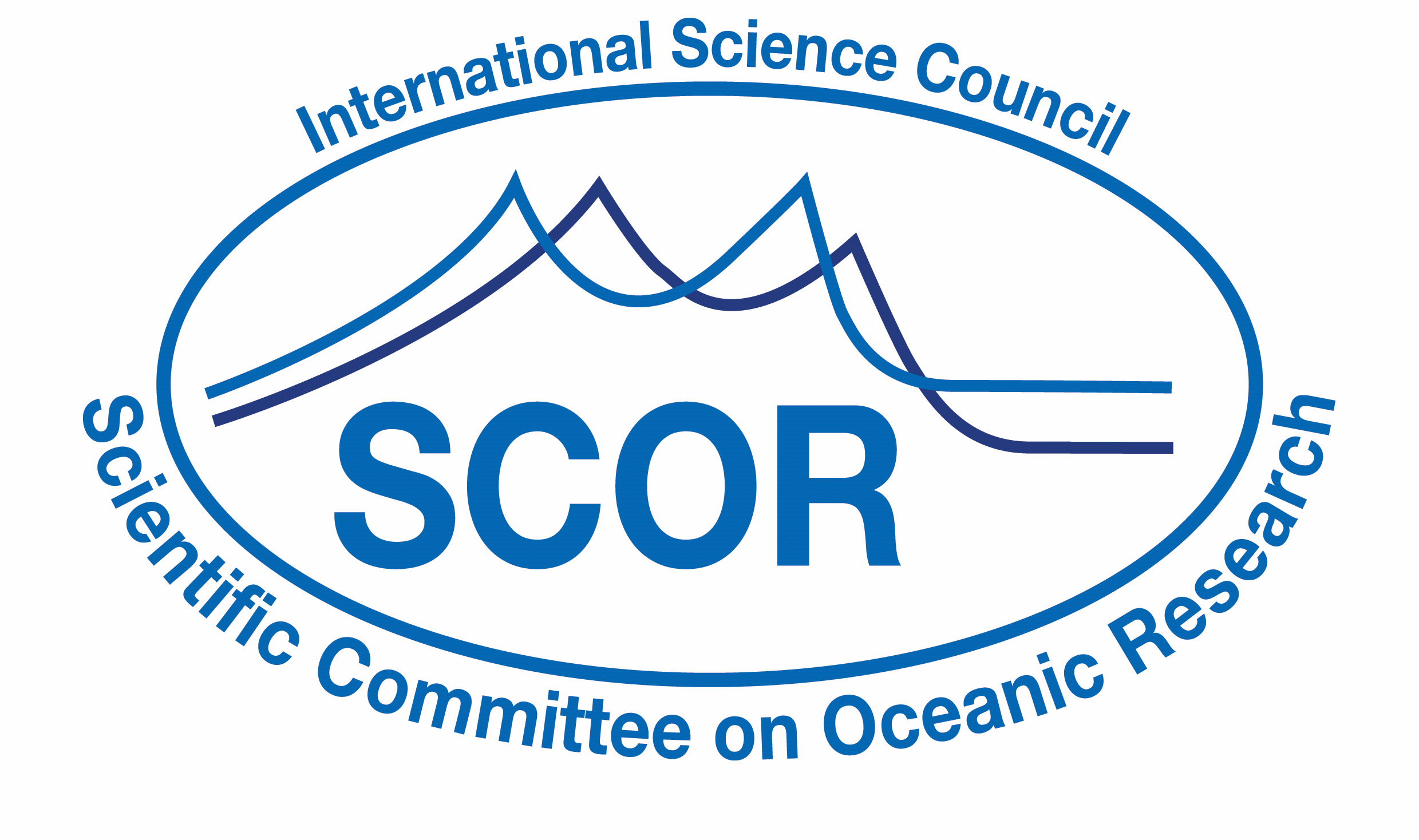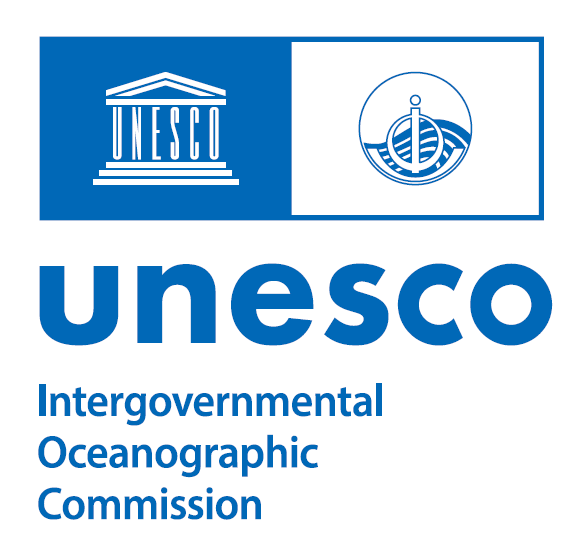PROJECT TITLE: Fostering transformative HAB sciences for societal applications
Type: The UN Ocean Decade Kick-off Conference for the Western Pacific and its Adjacent areas
Timeframe: November 25-26, 2021; Session 12, 1030-1230 (UTC+7, Bangkok time)
Principal Investigator name, title: Kazumi Wakita, PhD; Po Teen Lim, PhD
Address: School of Marine Science and Technoloogy, Tokai University, Japan
Institute of Ocean and Earth Sciences, University of Malaya, Malaysia
E-mail: K. Wakita: This email address is being protected from spambots. You need JavaScript enabled to view it.,
PT Lim: This email address is being protected from spambots. You need JavaScript enabled to view it.
Home page URL: https://www.ioc-westpac.org/decade-kickoff-conference/program/
Other key persons: Mitsunori Iwataki (Asian Research Center for and Environmental Science, The University of Tokyo), Aletta Yñiguez (Marine Science Institute, University of Philippines)
HABs are natural phenomena with increasing frequency and occurrences in the WESTPAC region. Holistic understanding and measures based on multidisciplinary and even transdisciplinary approaches are important to address problems caused by HABs. Based on this understanding, the WESTPAC-HAB aims at promoting transdisciplinary HAB sciences under the UN Ocean Decade. Based on the strong natural science on HABs accumulated through long-time WESTPAC-HAB programme, transformative science would be promoted through effort of engaging various stakeholders to better address various problems caused by HABs. From the natural science side, understanding the biology and ecology of phytoplankton and identification of causative species including morphology among others is the basis for us to adequately address the occurrences of HABs to choose necessary measures for mitigation. To early detect and issue warning to the society, novel techniques such as meta-barcoding and DNA-based analysis are expected to be utilized. From the social science side, understanding social and economic impact by HABs to the society is the basis to adequately address problems. To develop and maintain monitoring system to be effective, analysis of social system including administrative structure and relationships among stakeholders, i.e., national and local governments as management and monitoring bodies, fisheries including aquaculture industries as producers of shellfish and fish, and citizens as consumers are necessary. Thus, engagement of wider stakeholders besides researchers are inevitable.
With the above backgrounds, this Decade Action Incubator “Fostering transformative HAB sciences for societal applications” was a first step for the WESTPAC-HAB to start to generate transformative HAB science. It covered cross-cutting issues of HABs and was the venue to discuss scopes and priorities of Decade Actions including possible resources in the WESTPAC region. Presentations from 5 speakers of the session was summarized as below:
Dr. Mitsunori Iwataki (University of Tokyo, Japan) presented about recent advances in HABs taxonomy and the causative species in the WESTPAC region. He also emphasized the importance in understanding HABs distribution in developing lists of local HAB species. Dr. Kieng Soon Hii (University of Malaya, Malaysia) shared a presentation on harmful microalgae monitoring assessments using metabarcoding approach. He also pointed out necessity of metabarcoding to identify risk and hotspot of HABs, to understand climate change impact ecosystem health and food resources in coastal waters. Dr. Kazumi Wakita (Tokai University, Japan) presented on socio-economic impacts of HABs and sustainability of coastal communities. She introduced an example of adaptation to paralytic shellfish toxin by fisheries cooperatives who operate recreational clam picking parks as a successful initiative to make the traditional marine recreation continue. She emphasized importance of accumulation of good practices to learn from each other which could be tailored to respective social, economic, and cultural conditions of various localities. Dr. Aletta Yñiguez (University of the Philippines) introduced development of an informatics systems serving as a hub for environmental, biological and model-derived information related to HAB and general water quality called HABHub (https://habhub.philhabs.net). She pointed out the need to strengthen real-time ocean observation, to analyze historical data in different sites to further clarify patters, thresholds and forecast model development, and to strengthen engagements and capacities of stakeholders. Dr. Rencheng Yu (Institute of Oceanology, Chinese Academy of Sciences, China) presented on HAB studies for seafood safety and sustainable aquaculture in China. His presentation focused on 1) understanding on phycotoxins and toxic algal, 2) application of molecular and metagenomic approach, 3) threats of macroalgal blooms, 4) large–scale red tides in the East China Sea. He strengthened importance of promoting study on monitoring, prediction and prevention of HABs based on rich understanding on phenomena, taxonomy, biology, and mechanism of HABs. Dr. Tae Gyu Park (National Institute of Fisheries Science (NIFS), Republic of Korea) presented on HAB monitoring program in RO Korea. He emphasized the strength of the monitoring system as being able to provide the red tide news in shorter time during daytime, with the automated field data collection and submission through online portal by local governments.

Group photos of all presenters and speaker of session Harmful Algal Blooms during the conference
HAB research priorities, challenges and future works were discussed and the key points of discussion during the session was summarized as below:
1.continue with the effort in capacity building in HAB sciences through various training workshops and promoting more involvement of social scientists
2.promote application of advanced techniques in HABs monitoring and early warning system;
3.promote sharing of good practices of HAB monitoring, mitigation and adaptation;
4.encourage the application of mitigation measures to minimize impact especially to mariculture industries with due consideration on its social acceptance;
5.strengthen coordination with other national and regional HABs program and IPHAB in development of UN Decade actions on HAB.


